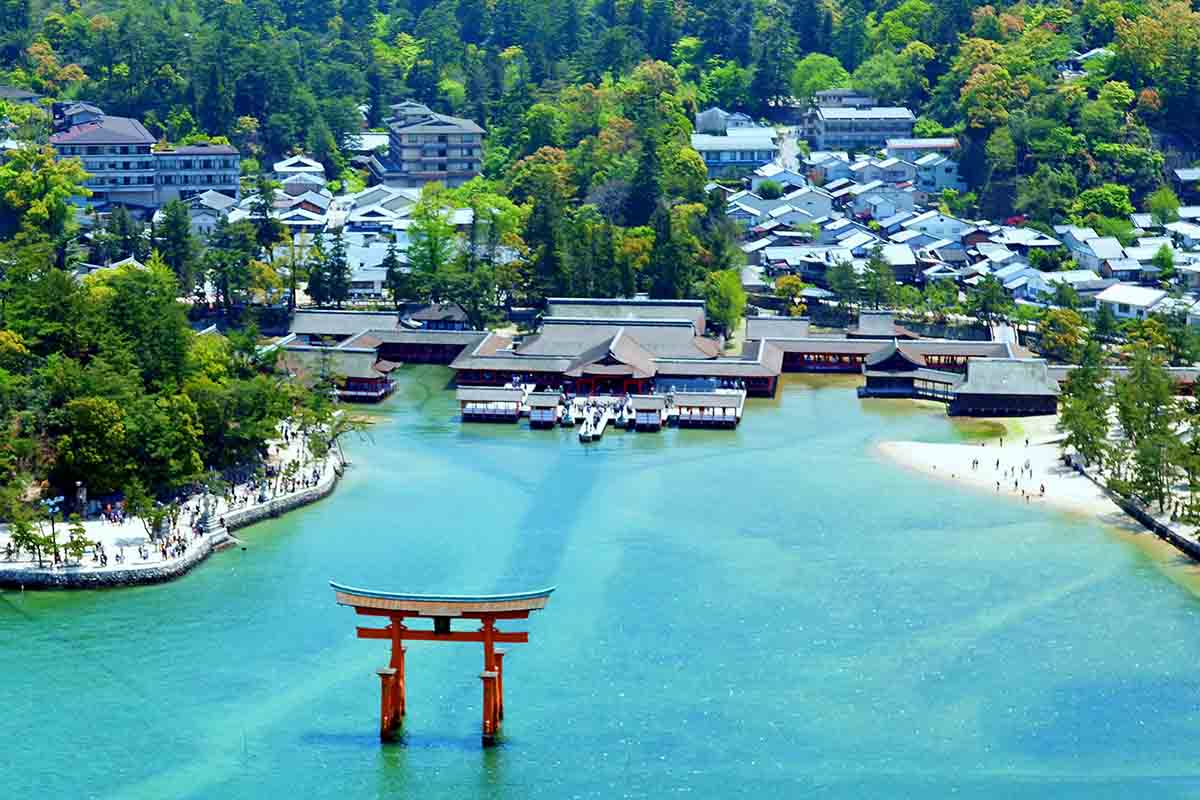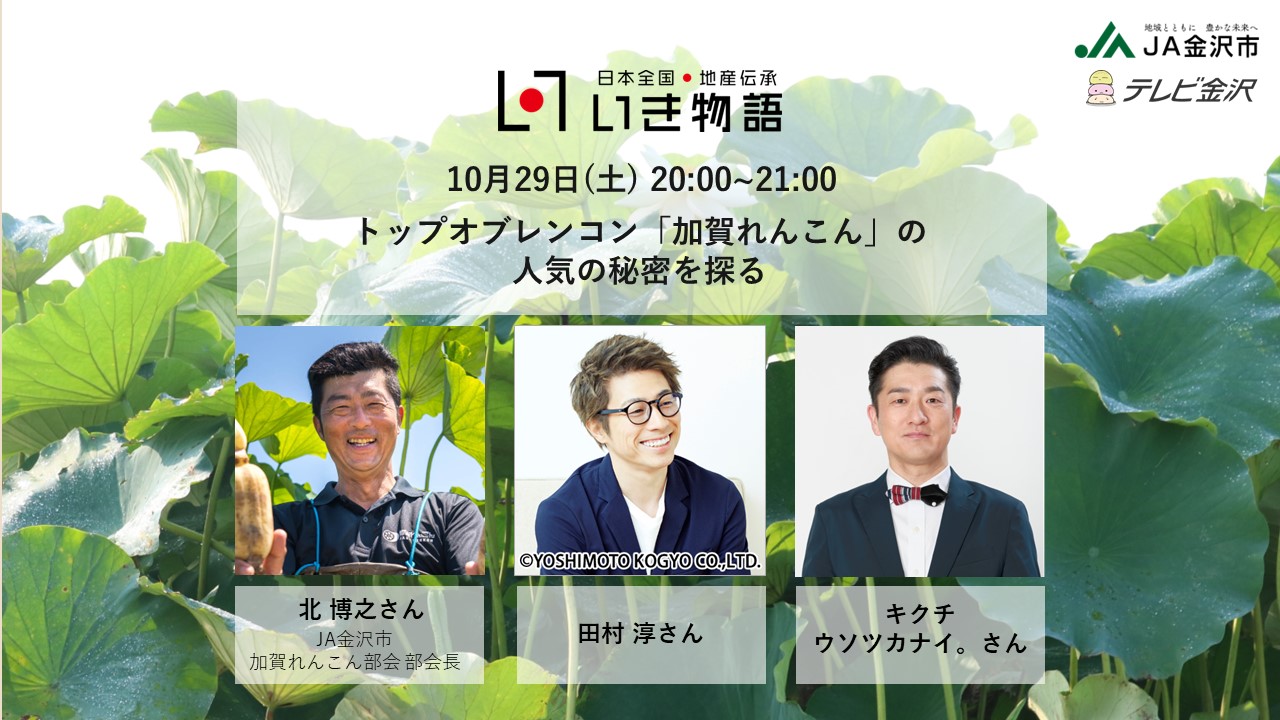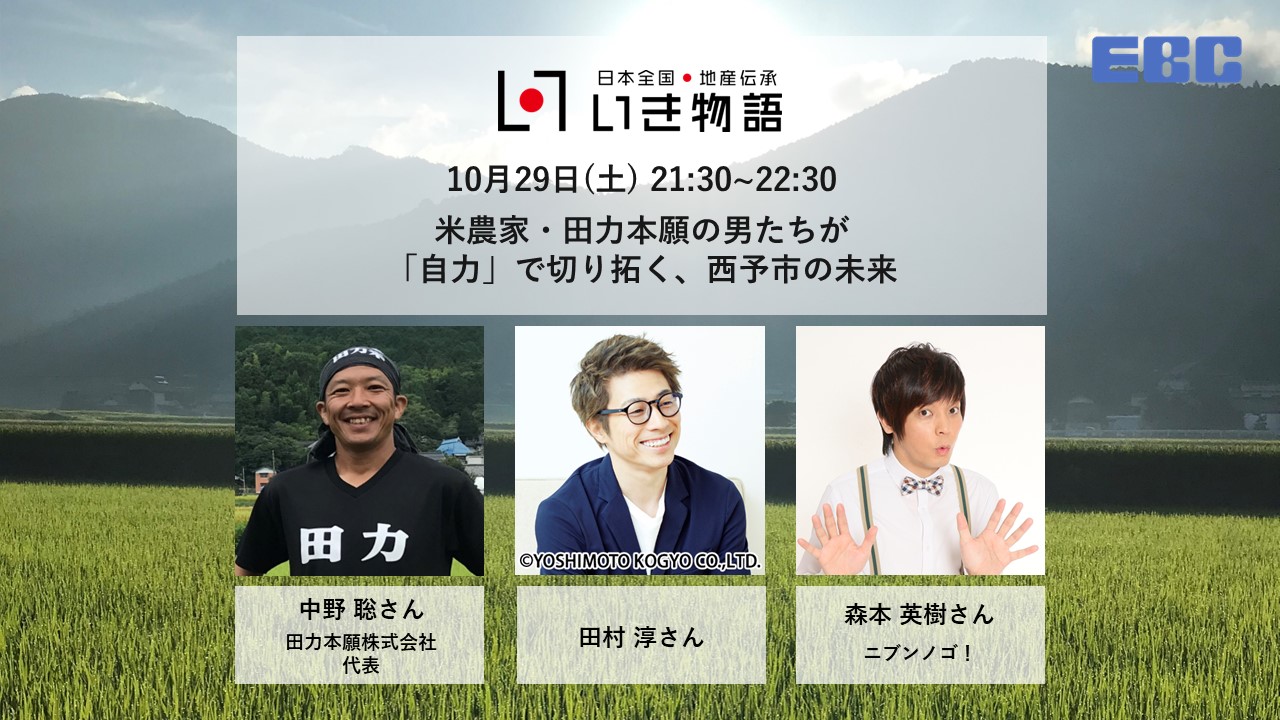Japan Heritage: The Management Philosophy of the Murakami Marine Force, Passed Down Over Generations

During the Warring States period, the Murakami Marine Force was the largest shipping agent in Japan, and they used their influence to protect the sea in the Setouchi region. Each branch of the Murakami Marine Force had a large number of people who possessed excellent management skills, and each branch also produced many business administrators. A key point in their management philosophy was checks and balances, and there are a number of facets that come into play in present-day administration as well.
In an interview, we asked an expert on the Murakami Marine Force, Mr. Takashi Sonoo, about these checks and balances and their role in the management philosophy of the Murakami family. Mr. Sonoo first became interested in the Murakami family during his employment representing an international shipping company in a civil rehabilitation case in 2014. He then conducted his own research, collected data from descendants of the Murakami family, and published a book titled The Murakami Marine Force: Their True History and Management Philosophy.
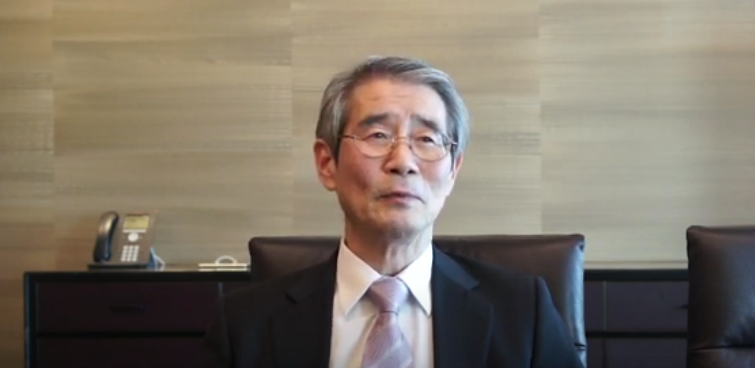
The Beginnings of the Murakami Marine Force
Interviewer: What kind of organization was the Murakami Marine Force?
Sonoo: The Murakami Marine Force was a maritime power that was active in the Seto Inland Sea from the late ancient period through the Middle Ages. During the second half of the 14th century, the three Murakami branches set up bases on the islands of Noshima, Kurushima, and Innoshima and created a three-way system in which they competed with each other while nurturing a strong sense of kinship. With maritime mobility developed on the Geiyo Shoto Islands, a perilous place in the sea, they cooperated together to rule the vast Seto Inland Sea during the Warring States period at the end of the Middle Ages, and they became an entity that had a strong influence over military affairs, government, and marine transportation within the country.
They were not simply a group of warriors, but also specialists of the sea who were responsible for overseeing maritime safety as well as trade and distribution. In addition to the three Murakami branches, there were a total of six marine forces in Setouchi, the others including the Kouno Force, the Kutsuna Force, and the Shiwaku Force. The three branches of the Murakami Force had the greatest influence; they governed the waters of the Seto Inland Sea and protected ships passing through, leading them to be considered "feudal lords of the sea."
Even today, many of the people engaging in maritime industries in Imabari City, Ehime Prefecture, are said to be descendants of the Murakami family. The Murakami family had many teachings that were passed down orally, and it is thought that their management philosophy that was based on those teachings serve as a compass for small- to mid-sized contemporary enterprises.
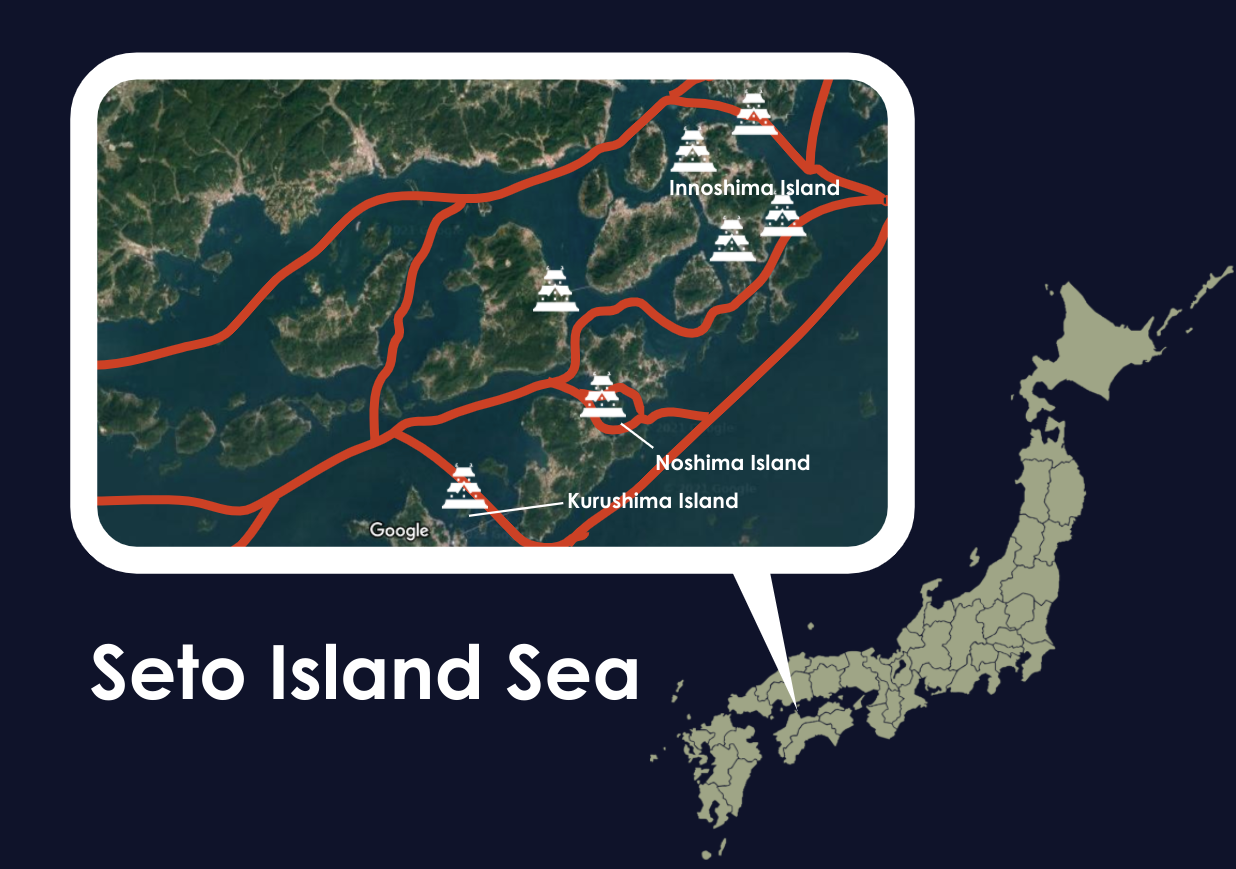
The Management Philosophy of the Murakami Marine Force: Checks and Balances
Interviewer: There were a number of marine forces all over Japan; why has the Murakami Marine Force in particular drawn so much attention?
Sonoo: When they were first created, the six marine forces of Setouchi all operated on armed boats and ran shipping businesses while protecting the area. At that time, ships were the most important asset for transporting goods. Because the revenue they procured through shipping was so enormous, they were able to extend their influences using said assets.
In this way, while working independently in their respective areas, the six marine forces of Setouchi cooperated in order to escort other vessels and collect customs taxes. Each force would collect navigation fees, but in order to avoid some parties collecting double or triple that of others, the six forces of Setouchi entered into an agreement to create a uniform price. This alliance also dictated that they would work together to protect anyone who had a payment voucher. The Noshima Murakami Marine Force was particularly powerful, and it fell to them to lead the agreement. From that, the Murakami Marine Force became known as the most powerful marine force in Japan.
Interviewer: You mentioned that the key to the management philosophy of the Murakami Marine Force was checks and balances. What kind of unique characteristics did this management have?
Sonoo: When I first met proprietors who are the descendants of the Murakami Marine Force, they told me, "We run our shipping business through a system of checks and balances." In the Western way of thought, those with power will take over the weak through mergers and acquisitions, but the descendants of the Murakami Marine Force don't think this way at all. The people of the Murakami Marine Force cooperated and planned to retain and expand their influence, but they did not try to go beyond that and rule weaker people or insist on conformity within their jurisdiction.
Interviewer: Why is that?
Sonoo: It was because the flow of the tides and the conditions of the reefs differ in each area of the sea, and it was most suitable for the clan who knew the area best to govern it.
The reason why they put an emphasis on collaboration was so that each person could compete in what they knew how to do well, in what they were good at. No one strayed too far from their own areas of expertise. When it came to other fields, they would collaborate with someone who was knowledgeable. This sort of thing can also be found in the techniques of traditional Japanese business operations.
A person can take pride in the areas they're good at as a professional. I think that's what it means to be a true artisan. If someone has something they're confident they can be entrusted with to do well, then excellent work will be done in that particular field. The idea is that then, people can collaborate with those skilled in other fields. For example, even in the case of a field with a lot of profit, there would be no concept of people getting involved in or expanding their control into areas they are not good at.
When looking at the management techniques of the descendants of the Murakami Marine Force, I feel that there are commonalities with long-established business models that exist in areas all over Japan. That management technique is for people to focus on the areas that they themselves are good at, polish their skills, and focus their strength. People wouldn't get at all involved in areas they weren't good at; instead they would cooperate with someone who is skilled in that field. When doing a large job, they would have to cooperate with a lot of different people, but by trusting each of the professionals, success could be achieved.
The marine forces entered into their agreements while respecting the independence of each field, so if someone were to do something that would make it difficult to maintain that agreement, it would resonate throughout the whole system. That's why there was a mutual observation of comrades, so that actions that would disrupt the harmony could be suppressed. That's what these checks and balances are.
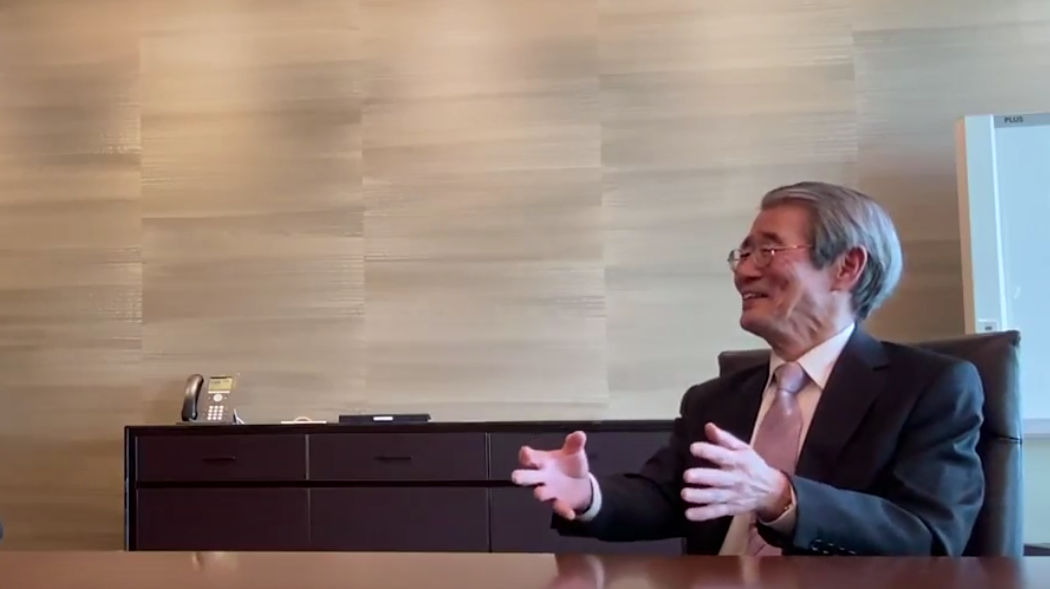
Interviewer: I see. Could you tell us more about these checks and balances?
Sonoo: These checks were not simply opponents competing against or antagonizing each other; instead, it was about mutually and strictly criticizing each other when unjust or extravagant behavior that threatened to disrupt the collaboration was discovered, and then working together to stop it. I believe this system of checks and balances was in place from the very formation of the organization. The checks involved working together to suppress unjust or inappropriate behavior. In other words, it was not about competing with and attacking an opponent, but rather it was a system that would first be invoked when there was a violation of rules, a breach of discipline, or behavior that threatened to disrupt the collaboration.
Interviewer: That would become the foundation for a sustainable business.
Sonoo: Yes, and I think it is the driving force behind the prevention of internal corruption of the shipping business and what has sustained it for a thousand years. In other words, these checks and balances have allowed for collaboration on work with a high level of expertise while preventing corruption. In this way, I think we can see the sort of organizational management that has each member working to the best of their ability in their respective field while at the same time eliminating from an early stage any factors that would hinder the collaboration.
In Conclusion
The Murakami Marine Force, without incorporating the Western-style technique of the powerful taking over the weak, used an original management philosophy to overcome any number of crises that threatened the existence of their organization. In addition to a system of checks and balances, the philosophy of the Murakami Marine Force has passed down knowledge that contains hints to effectively supporting management. By taking a closer look at the history and lifestyle environment of the Murakami Marine Force, you will be able to understand their philosophies even further.
In addition, the Geiyo Shoto Islands of Hiroshima Prefecture and Ehime Prefecture, where the Murakami Marine Force was active, were registered as Japan Heritage Sites in 2016. Japan Heritage aims to promote tourism and cultural inheritance by adding a narrative to the tangible and intangible cultural properties that are scattered throughout a region. By connecting these cultural properties into a single story, Japan Heritage will help you further understand the historical background of sightseeing areas, as well as provide an opportunity for you to discover new places to learn about and visit.
Below is a link for a tour led by WOW U-mediators. On it, participants will visit a museum and other places associated with the Murakami Marine Force, as well as experience the whirlpool tides around the Geiyo Shoto Islands floating in the Seto Inland Sea. You're sure to be able to expand your horizons by meeting with and learning from the local people, so don't hesitate to check it out.
Take the tour:
Instead of a trip on which you simply visit a place, why not try one where you can expand your ou...
Keep traveling:
Innoshima Suigun Castle on Innoshima Island of Onomichi City, Hiroshima Prefecture, is a castle-s...
On the Noshima Suigun Tidal Current Cruises, visitors can experience the intense tidal currents a...
The Murakami Kaizoku Museum in Imabari City, Ehime Prefecture, is a museum with exhibits about th...
Learn more:
Hiroshima prefecture is rich in natural beauty and history. It is located in the southwest of Jap...
Sponsored Links
Unmissable Tours
Expand your horizons by interacting with diversity. Take a look at guided tours on which you can connect personally with the guides and have truly extraordinary experiences.
Search
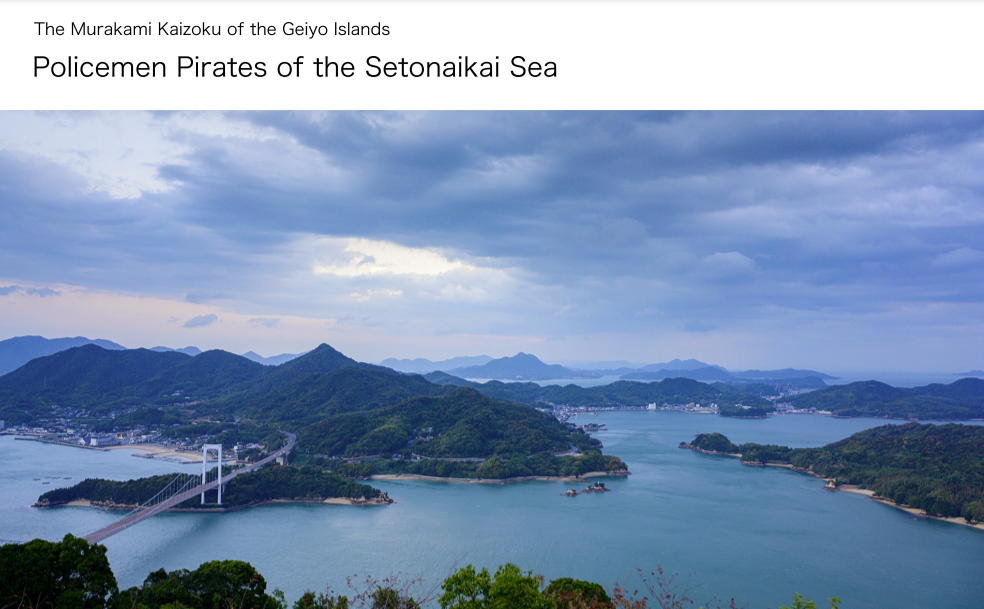
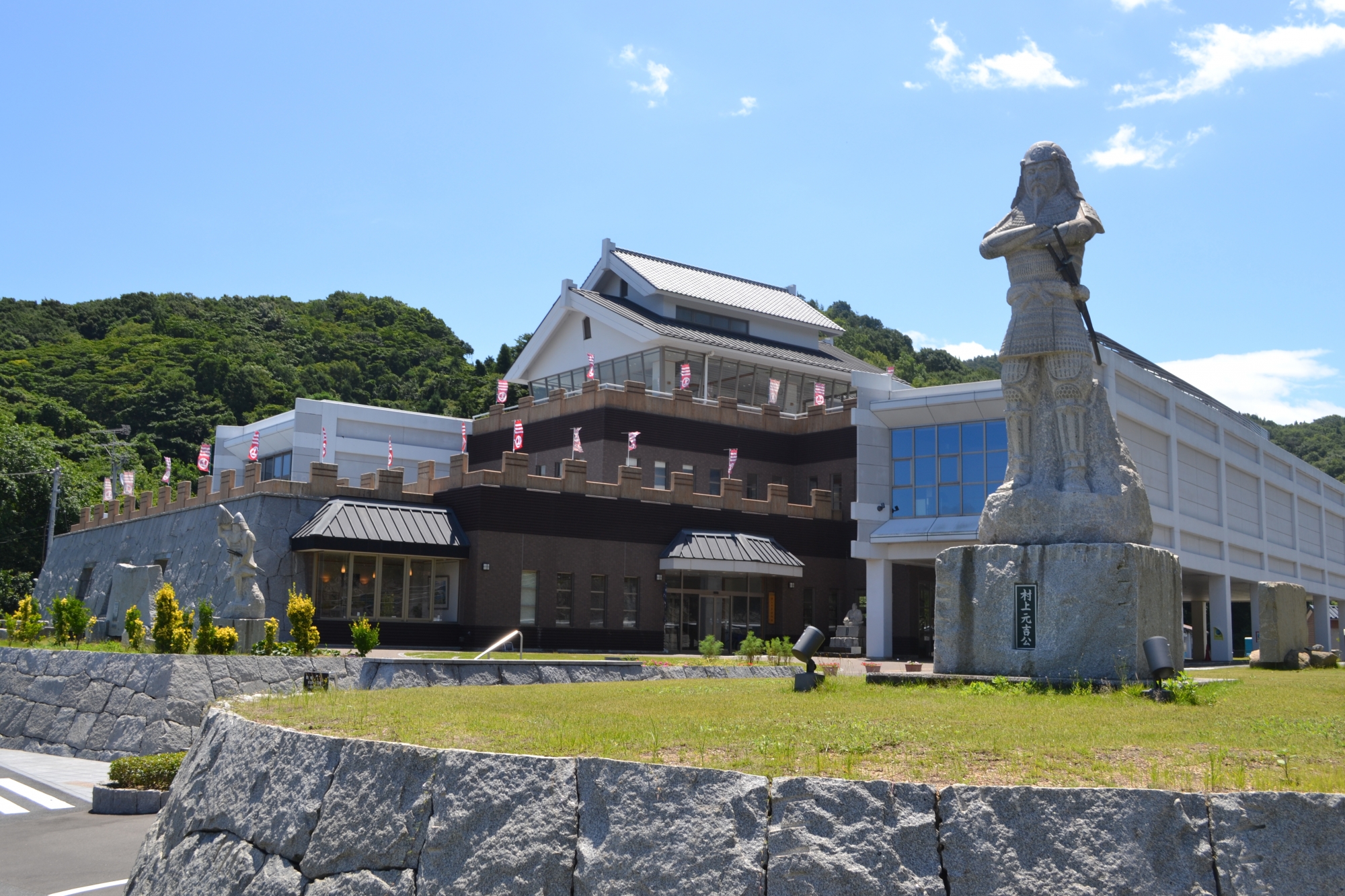
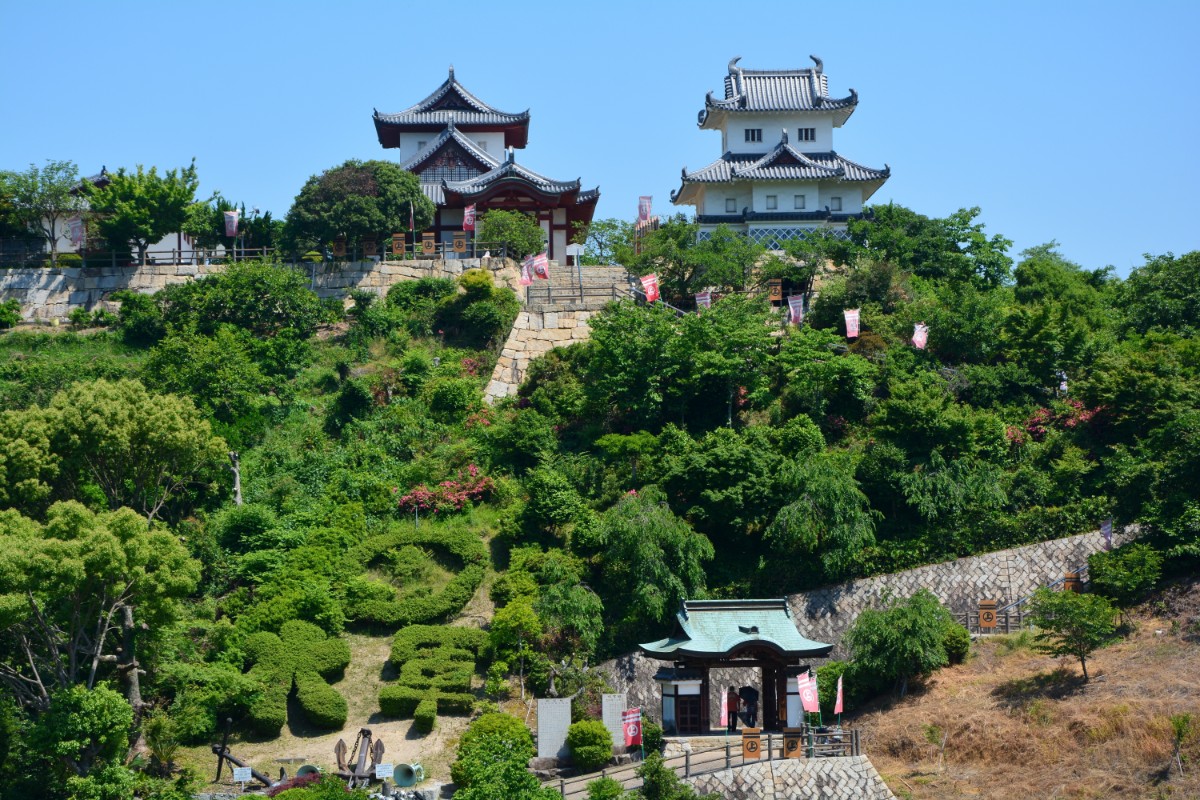
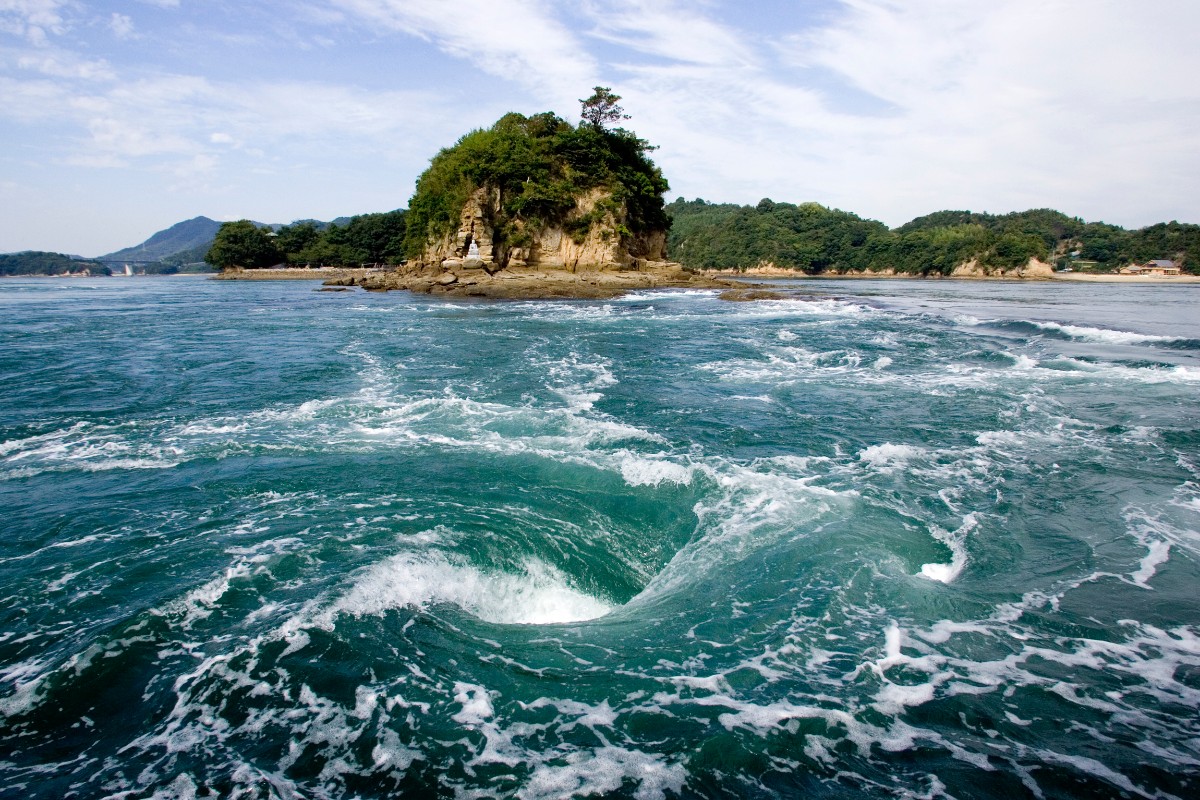
%20(1).jpg?locale=en)

